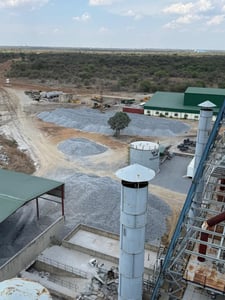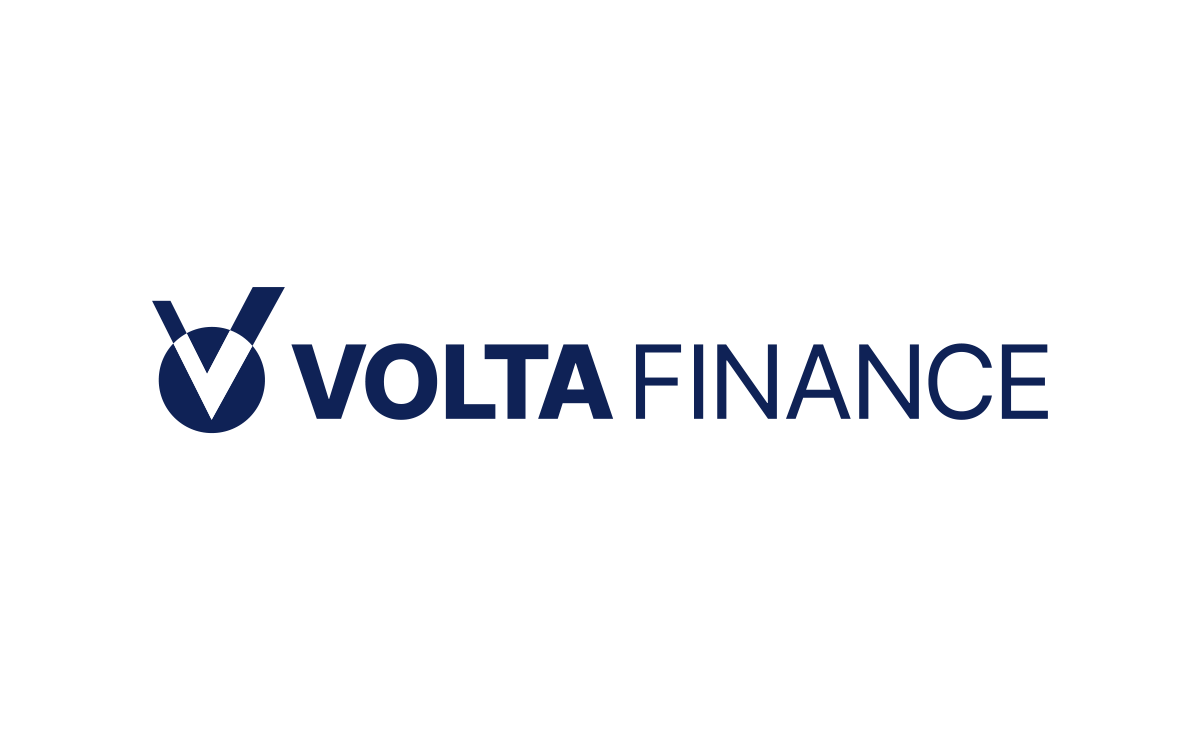Glencore PLC (GLEN.L), a giant in the realm of industrial metals and mining, stands as a multifaceted entity with operations spanning the globe. Headquartered in Baar, Switzerland, Glencore is deeply entrenched in the production, refinement, processing, and marketing of a vast array of commodities. These include metals such as copper, cobalt, lead, and nickel, as well as energy products like coal and crude oil. The company operates through two main segments: Marketing Activities and Industrial Activities, serving a diverse clientele in industries ranging from battery production to oil refining.
Current market conditions see Glencore’s stock priced at 286.7 GBp, having experienced a marginal drop of 0.01%. This places the stock near the lower end of its 52-week range, which spans from 230.05 to 483.05 GBp. This price point could potentially present a buying opportunity for investors, especially given the analysts’ average target price of 380.18 GBp, indicating a potential upside of 32.61%.
Despite the promising price targets, Glencore’s valuation metrics present a mixed bag. The lack of a trailing P/E ratio and the exceptionally high forward P/E of 861.97 suggest that earnings expectations are either highly optimistic or potentially distorted by low current earnings. The absence of other valuation metrics like PEG, Price/Book, and Price/Sales ratios further complicates the assessment of Glencore’s intrinsic value.
From a performance perspective, Glencore’s revenue growth stands at a modest 3.10%, with the company generating substantial free cash flow amounting to approximately $5.66 billion. However, challenges persist, as evidenced by a negative EPS of -0.09 and a return on equity of -7.29%. These figures underscore the company’s struggle to convert revenue into profit and return value to shareholders.
In terms of dividends, Glencore offers a yield of 2.76%. Yet, the payout ratio of 131.12% raises questions about the sustainability of its dividend policy, as the company is currently distributing more than it earns.
Analyst sentiment remains predominantly positive, with 15 buy ratings outshining a solitary hold and no sell ratings. This optimism suggests confidence in Glencore’s strategic direction and market position. The technical indicators further paint an intricate picture; the stock’s 50-day moving average of 272.48 GBp is below its 200-day average of 338.18 GBp, a sign of potential bearish trends. Meanwhile, an RSI of 35.55 indicates that the stock may be approaching oversold territory, which could spark future buying interest.
For investors, Glencore represents a complex blend of opportunities and risks. The company’s extensive global operations and diversified commodity portfolio offer exposure to various growth sectors, from renewable energy to electric vehicles. However, the current financial metrics and market conditions suggest a need for cautious analysis. As the company navigates the volatile landscape of industrial metals and mining, investors will need to weigh the potential rewards against the inherent risks, keeping a close eye on both market trends and Glencore’s strategic maneuvers.






































